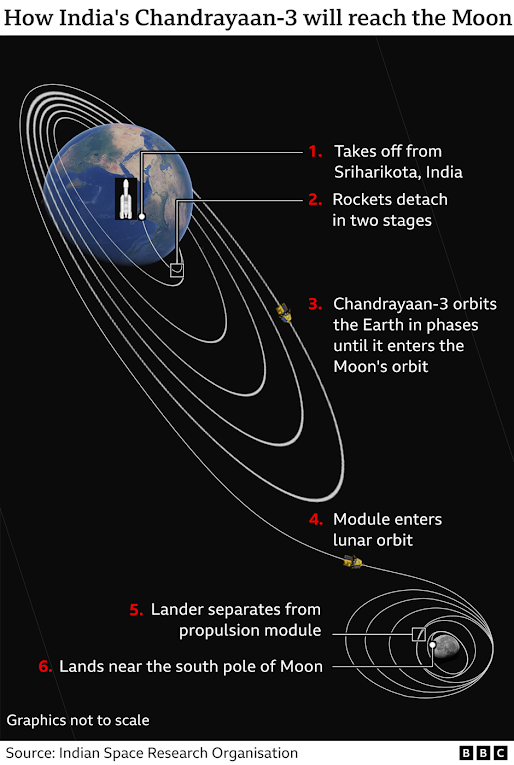River Front Development Pune
Pune, particularly is a flood-prone city. There are a total of 5 rivers in Pune namely Mula, Mutha, Devnadi, Ramnadi and Pavana. The 5 rivers form confluences in different parts in the city and flow away from Pune as one river that is, Mula-Mutha. In short, water flows into Pune from 5 different catchments and there is only one outlet- Mula-Mutha.
During the 2019 floods, houses were eroded, many were severely injured and 25 innocent people lost their lives.
The population of Pune has also increased in leaps and bounds due to rapid urbanization in the past 3 decades. The city’s sewage disposal efficiency and capacity have not been upgraded to match the demand of the current population of Pune. Most of the water flowing in the rivers is sewage and industrial effluents.
What is the RFD aka River Front Development Project?
It proposes to build 30-40 ft high concrete wall which will act as banks of the river and prevent the water from gushing over into the cities and causing floods
Aims of the RFD project are as follows: -
1.Reduce the impact of the floods caused by the rivers.
2. To have clean rivers.
3. To rejuvenate the rivers.
4. To develop a link between rivers and citizens.
Apart from the embankments, three barrages are to be constructed at following locations:
1. Mutha River – Near Garware College
2. Mula River – Kaspate Vasti, Near Cantonment
3. Mula Mutha River – Near Mundhwa K. T. Weir.
Environmentalist’s opinion: -
1. They say that the River Front Development project would further narrow down the rivers by constructing embankments to create more land by reclaiming the riverbed or the flood plains. Reduction in width of the river would reduce its cross-sectional area necessary for uninterrupted flow of water. Consequently, whenever water is released from the dam, that water will get less space to flow in the riverbed leading to steep rise in flood levels inundating large areas of the city.
Sabarmati in Ahmedabad also had a RFD project which failed to prevent floods
This photograph establishes what happens to Ahmedabad’s Sabarmati during floods. Pune River Front Development is very similar to Sabarmati River Front Development. Furthermore, the rivers in Pune are far more flood-prone than Sabarmati.
2. Just to show water (stagnant) in the rivers, three new barrages are to be constructed. The impounding water in these three barrages will create new problems. The water currently flowing through rivers is nothing but stinking half-treated sewage. If this water stagnates, the stink would further aggravate, and the levels of the stagnant water will also rise. This stinking stagnant sewage will flow back into the streams. This will instigate mosquito infestation everywhere in the city. The stagnant water will further lower the already low dissolved Oxygen (DO) levels leading to the extinction of the remaining two fish species (Mangur and Tilapia) in the river.
3. There are no finances allotted for rejuvenating the rivers like purifying the water by building more sewage treatment plants.
Contradictions:
· The RFD project report highlights that Central Water and Power Research Station (CWPRS) has given approval to this project after in-depth hydrological study of the rivers. A letter stating the same is also attached in the report but when we approached CWPRS, they categorically stated, “CWPRS was requested by PMC to examine hydrology and hydraulics report prepared by the HCPDPM (project consultants).”, CWPRS also clarified that, “CWPRS did not conduct any study for RFD of PMC”.
· The Water Resources Department (WRD) has specifically warned Pune Municipal Corporation not once but twice on 30.1.18 and 15.11.19 that, “While implementing the River Front Development project on Mula, Mutha, and Mula-Mutha rivers, care should be taken that the cross-section of the river must not be reduced.” It appears that PMC and their project consultant has decided to completely disregard these instructions from the WRD while implementing the project
· The project does not propose any Built-up area at all. Completely in contravention with this, the Cost Estimates clearly mention many built components like Retaining Walls, Promenades, Embankments, Stairs, Ghats, Toilet Blocks, Food Courts, Parking Spaces, Plazas, Bridges, etc., etc. All this covers a minimum Built-up area of 17,41,684 Sq. M. (1,87,47,486 sq. Ft. or 430 Acres).
In conclusion, The RFD project does not take into account the valuable advice from experts; the biodiversity of the wetlands will be lost during construction which would cause irreparable damage to Pune and Punekars alike. The plazas and food malls created on the river banks after the RFD will only pollute the river furthermore. The untreated sewage will stagnate and that can lead to unpleasantness and diseases. A huge amount of money of the taxpayers are invested in the RFD project and there is no proven benefit or return of investment of the RFD. Even in places where the RFD has been implemented there are no signs of flood relief.
NOTE: -
This blog is meant for educational purposes only. The information provided in this article is not investment advice. We do not own any Copyrights related to images and information; all the rights go to their respective owners. The sole purpose of this blog is to Educate, Inspire, Empower and to create awareness in the viewers. The usage is non-commercial (Not for Profit) and we do not make any money from it.
Blog Credits: Ishita Humnabadkar
Write your feedback here:
https://forms.gle/C3ybXMPPUaJBgP618
FOLLOW US ON:-
INSTAGRAM:
https://bit.ly/coep_blogs_insta
LINKEDIN:
https://bit.ly/coep_blogs_linkedIn
YOUTUBE:-




Comments
Post a Comment